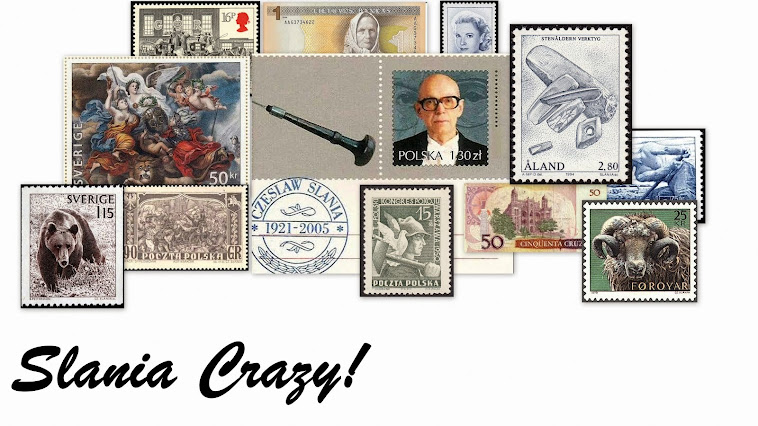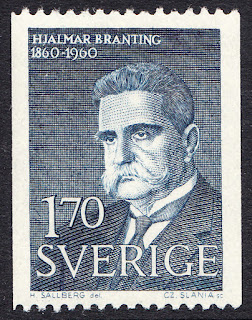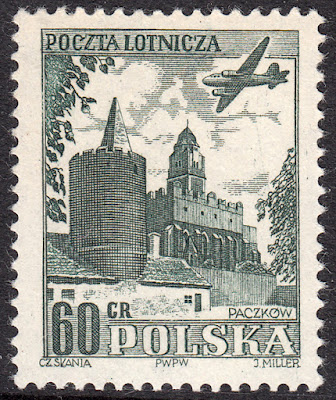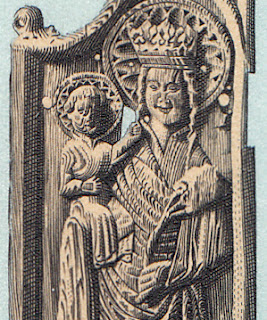A big hello to my fellow Slania collectors! It has been literally ages since I last did a blog. My health has been on the fritz, and doing anything, let alone writing a blog, was too much to get my head around. But I'm back - hopefully permanently. A few months ago I prepared a blog to publish in time for the Olympics in Rio (5-21 Aug), but I never got around to completing it. So I thought what better way to get back in the saddle, as it were, than to start where I left off. So here goes...
***
The Games of the XVI Olympiad were held in Melbourne, Australia in 1956, between 22 November and 8 December. This was the first Olympic Games ever to be held in the Southern Hemisphere. All events, accept equestrian, were held in Melbourne. The equestrian events were held in Stockholm five months earlier, due to Australian quarantine regulations. Incidentally this was only the second time in Games history that the events were split between two countries.
Seventy-two nations competed in 151 events. Two Australian athletes were later to become sporting icons after their success in these Games. Betty Cuthbert became Australia's "Golden Girl" by winning three gold on the track. Also, Murray Rose won three gold in the swimming. The top three countries were as follows:-
1956 Summer Olympics medal table
Rank Nation Gold
1 Soviet Union (URS) 37
2 United States (USA) 32
3 Australia (AUS) 13
***
In 1956 Poland issued a stunning set of 6 stamps to commemorate the Games of the XVIth Olympiad. One of the designs, the 60g value stamp, was engraved by Czeslaw Slania.
This fantastic engraving is based on a photo of a Polish javelin thrower by the name of Janusz Sidlo. Sidlo competed in an amazng five Olympic Games. The XVIth Olympiad was Sido's 2nd Olympics. As a matter of interest, Sidlo won a silver medal in the 1956 Games.
Until next time...
Stay Slania Crazy!

















































